Kyoto is among the most popular tourist destinations in Japan, and many travellers will opt to include it as a side-trip from Tokyo as part of their Japan itinerary.
While Tokyo is a world-class capital racing towards the future, Kyoto is the traditional cultural centre of the country – having once served as the old capital for over 11 centuries – where daily life moves at a more tranquil pace and timeless ancient traditions are observed.
Jessy and I spent three days in Kyoto as the first stop of our summer trip to Asia, and in this post I’ll walk you through the highlights of our time in town, roughly in the same order that we explored them from the comfort of our home base at the Ritz-Carlton.
Kinkaku-ji
On our first day, we decided to visit some of the worthy sites in Kyoto’s city centre at a leisurely pace, and leave the city’s more far-flung, but also arguably most famous attractions – the vermillion gates of Fushimi Inari-taisha and the otherworldly Arashiyama Bamboo Grove – for Days 2 and 3.
After a sumptuous Japanese breakfast at the Ritz-Carlton, we hopped on a city bus headed for the Kinkaku-ji Temple in the city’s northwest. Kyoto’s bus system is pretty easy to navigate as a tourist – Google Maps directions are reliable, and there’s a ticket machine on every vehicle that takes your cash (either coins or notes) and spits out the exact change for your fare.
Kinkaku-ji is also known as the Golden Pavilion, and represents the retirement home of a Japanese shogun of the 15th century. The temple grounds open at 9am in the mornings, and even though we arrived not long after that, the place was already jam-packed with tourists.
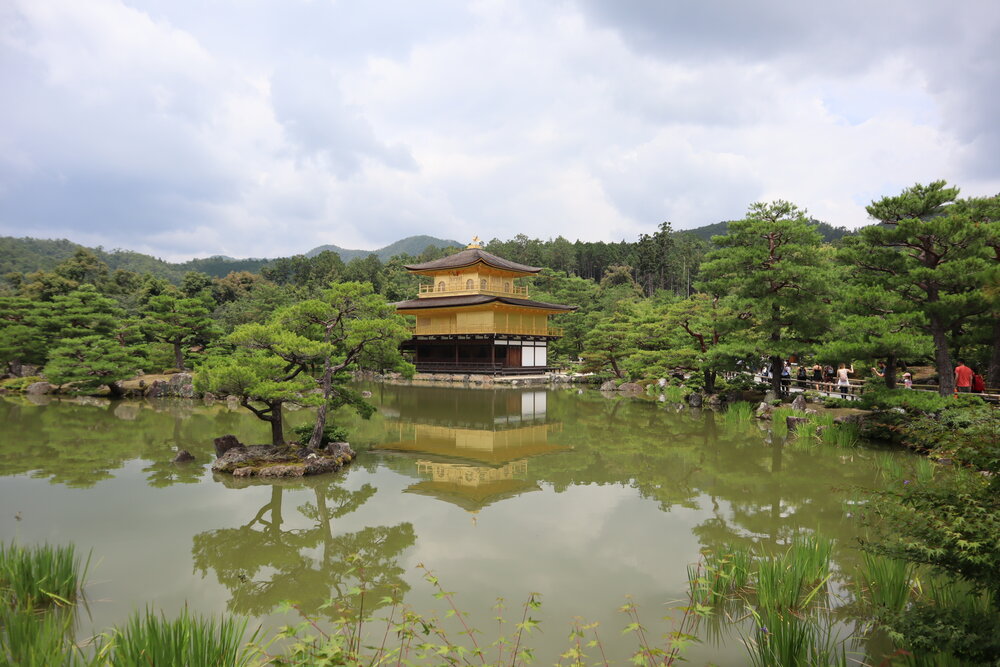
Kinkaku-ji
We shuffled along with the crowds to the edge of the small body of water where the Kinkaku-ji is situated, admiring its gold-leaf sheen from a few different angles.
The Zen temple, its upper two storeys completely covered in gold, cut a picturesque figure against the verdant gardens behind it and the mirror-like water in front. We could only admire it from a distance, though, since the interior of the pavilion is not open to the public.
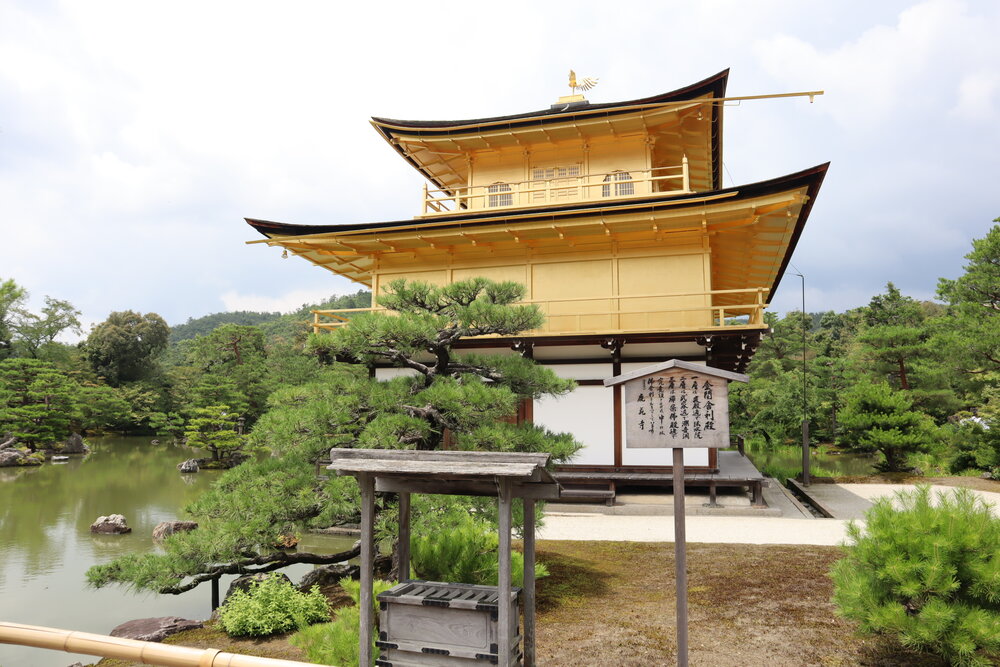
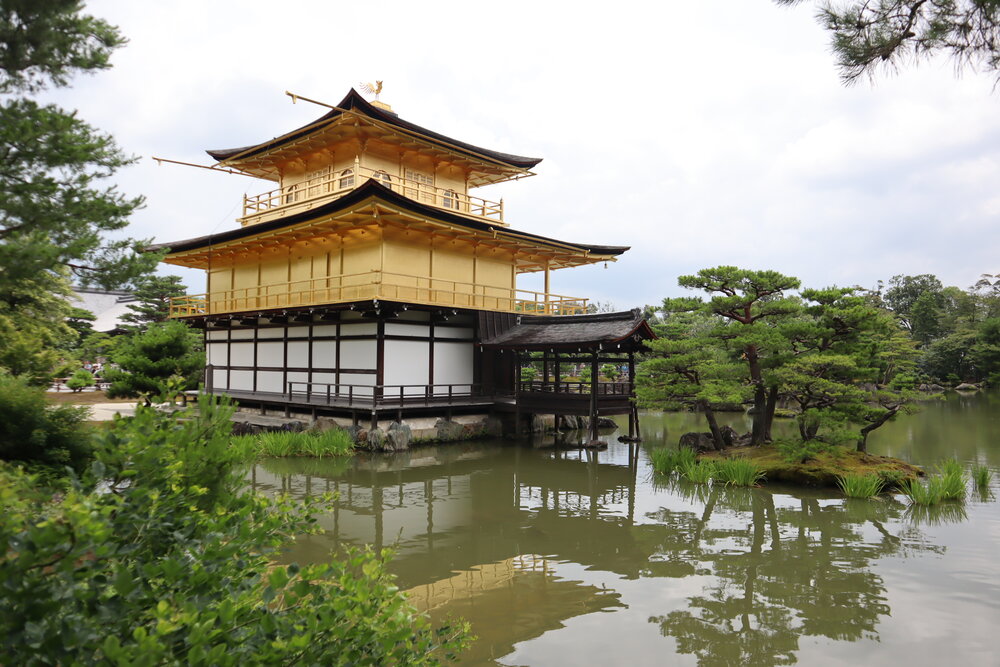
The visitors’ path leads you around the edge of the water, before continuing through a small garden to an area with a few side-temples, where visitors may make some ceremonial offerings. The whole visit only takes about half an hour, and while the Kinkaku-ji was certainly worth seeing, it all felt like a bit of a “checklist” tourist item if you ask me.
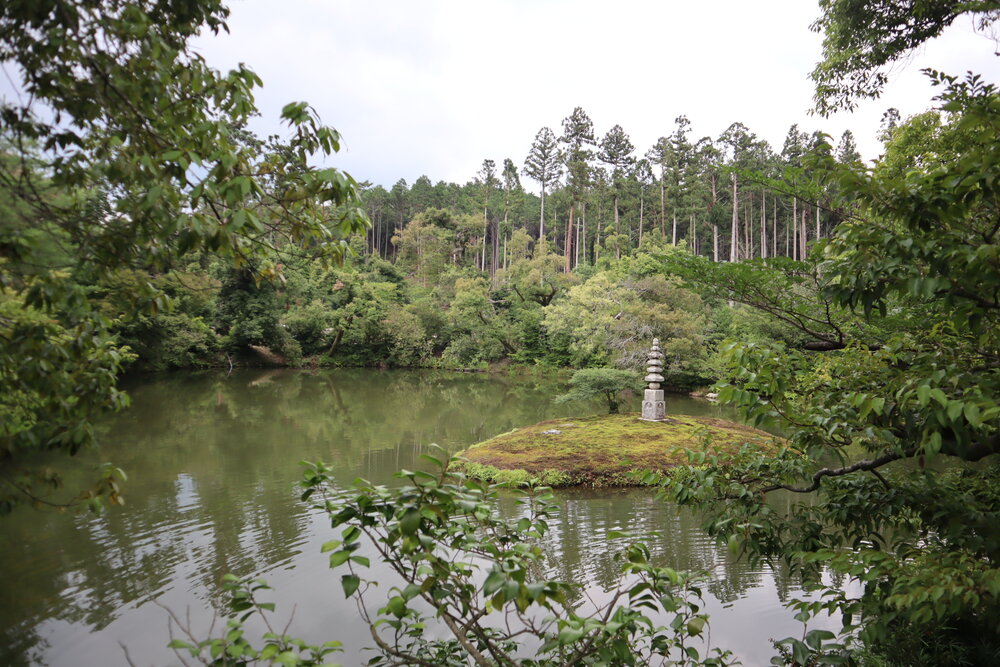
Gardens at Kinkaku-ji
Nijo Castle
With ample time still left in our day, Jessy and I decided to make the 50-minute walk from the northwestern Kinkaku-ji down to Nijo Castle in the middle of the city. Based on what we had observed along our bus ride, Kyoto seemed like an eminently walkable place with entirely flat streets arranged in a mostly straightforward grid pattern, and our intuition was confirmed upon actually embarking on the walk itself.
Japan’s streets and public areas have such a satisfying sense of orderliness about them, and Jessy and I took real pleasure in meandering through Kyoto’s residential neighbourhoods, observing the locals going about their daily lives and occasionally stopping at one of Japan’s distinctive outdoor vending machines to keep ourselves energized with an iced coffee drink or two.
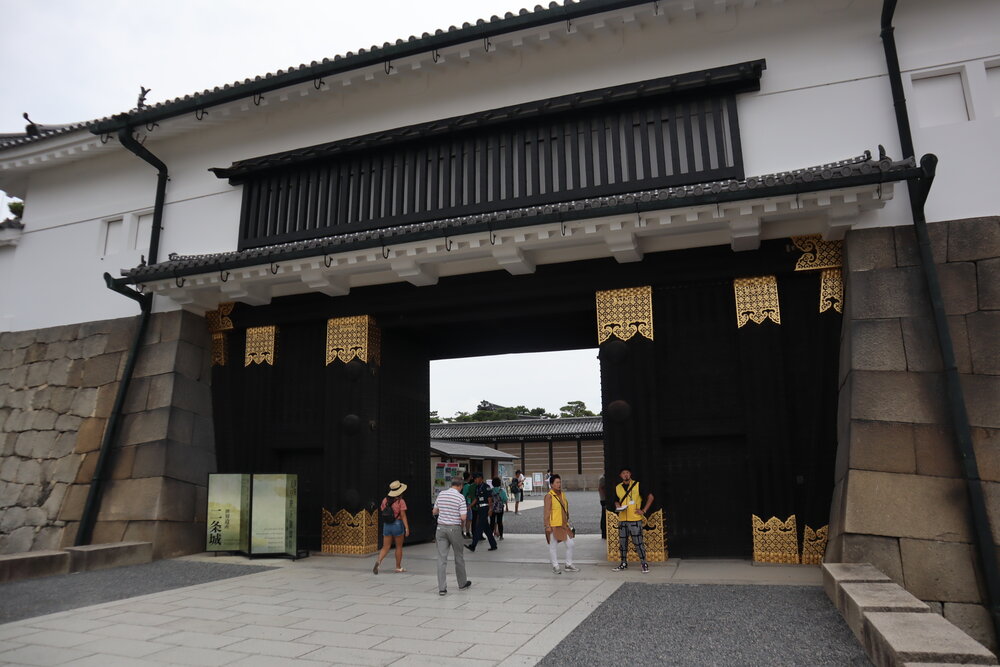
Nijo Castle – Entrance
Eventually, we arrived at the Nijo Castle, the residence of the Japanese shoguns of the 17th to 19th centuries. We took a self-guided walk through the Ninomaru Palace, the main castle building where the shoguns would entertain guests and dazzle them with the building’s impressive gold and wood decorations. (Alas, photography was not allowed in the interior of the palaces.)
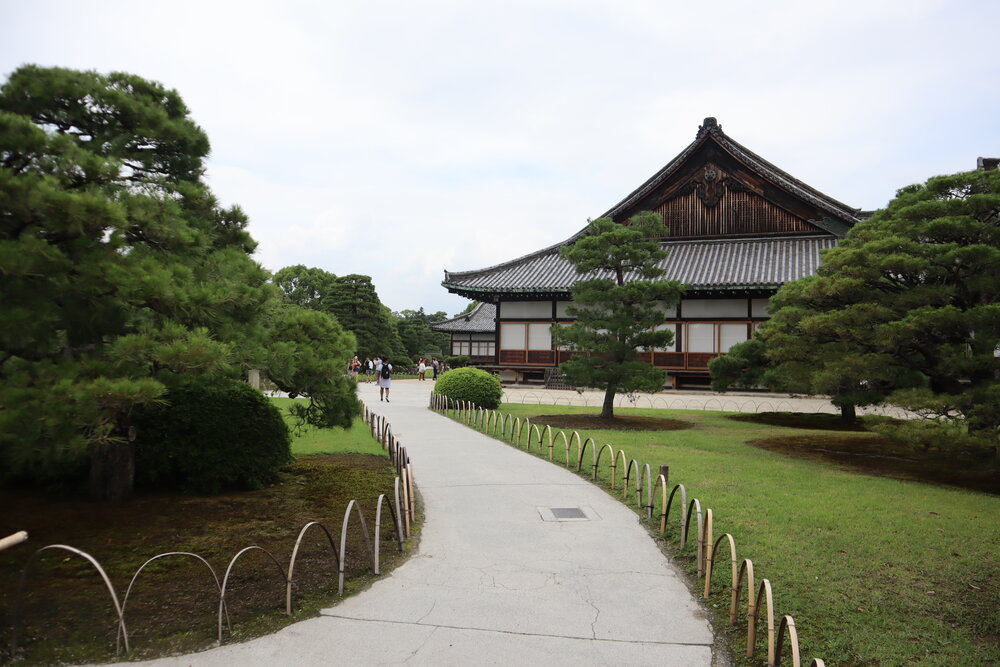
Pathway to Ninomaru Palace
One of the most striking things about the Ninomaru Palace is the “nightingale floors” – the floorboards designed in such a way that they make chirping noises when you walk on them, thus acting as a makeshift security device to ensure that no one could sneak through the palace halls unnoticed.
We then climbed to the top of the Nijo Castle’s fortifications for a nice panoramic view of the surrounding moat and the city beyond, setting our bearings for the onward journey.
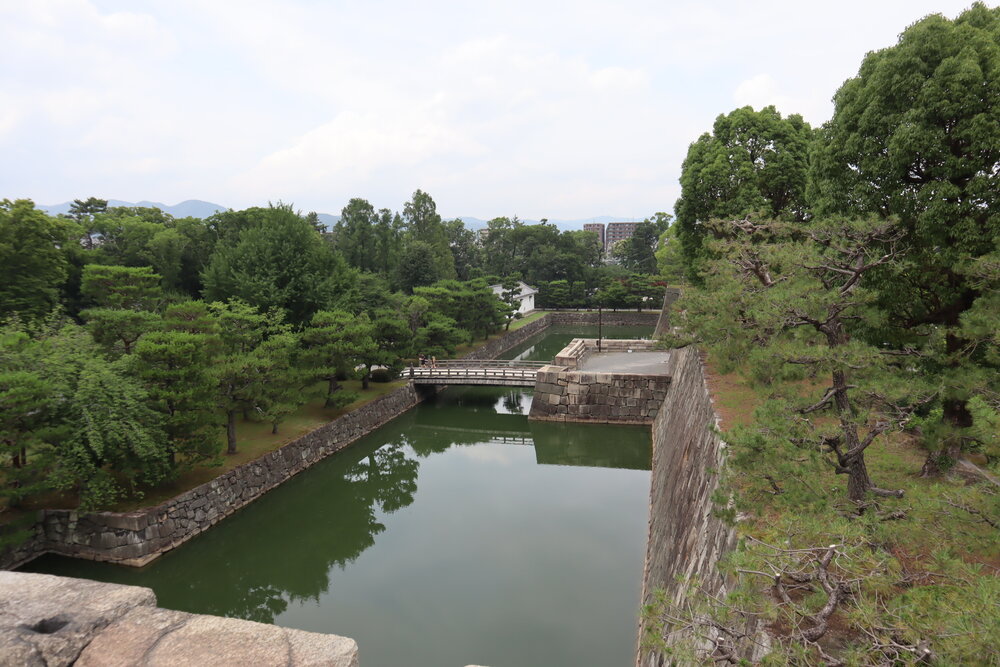
View from Nijo Castle fortifications
Kyoto International Manga Museum
After stopping at a local udon restaurant for lunch (and helping ourselves to a few sizeable portions of both the hot and cold varieties)…
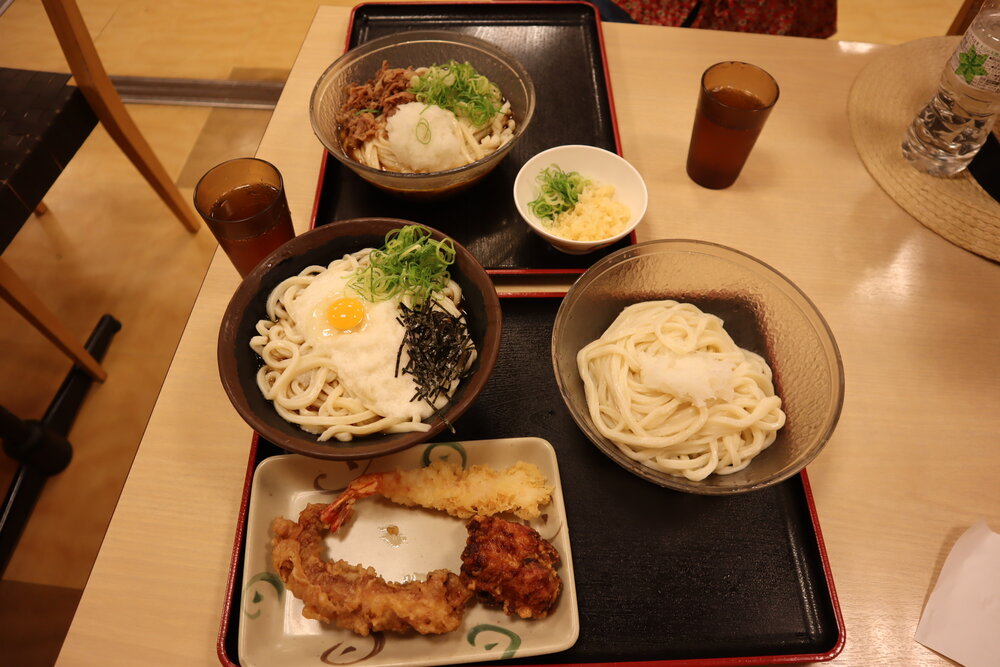
Cravings, satisfied.
…we continued onto the Kyoto International Manga Museum as our last stop for the day. Now, to be honest, I can’t say I’m a huge fan of the manga art form, nor have I taken much time to attempt to understand it too much, so visiting the manga museum was more of an item of curiosity than anything.
While the museum, as you’d expect, has all sorts of funny caricatures to look at and get your picture taken with, it also did a great job of highlighting the sheer workload that goes into creating every manga, as well as the loyal following that manga books, authors, and artists have garnered around the world.
While I can’t say I’m suddenly looking to start building up my manga collection now, I did at least gain a greater appreciation for the genre from my visit to the museum.
Regrettably, Jessy and I didn’t have enough change on us to pay for a session at the Portrait Corner, which is where you can get the museum’s artists to whip up a manga-style portrait of yourself. That would’ve been a fun keepsake, but it’ll have to wait until next time.

Kyoto International Manga Museum
As the afternoon hours struck, so too did our jet lag, having just arrived in Japan the night before; we therefore made the quick 10-minute walk back from the Manga Museum to the Ritz-Carlton – but not before popping into a 7/11 outlet to pick up some delicious snacks and bites for our inevitable peckish moods in the morning!
Fushimi Inari-Taisha
Unlike temples and palaces, which are only open to the public during designated visiting hours, Japanese shrines are open 24/7 and can be visited round-the-clock.
Indeed, one of Japan’s most famous shrines, the Fushimi Inari-taisha surrounded by 1,000 torii gates – tends to be overrun by tourists during the day, but virtually empty at night and in the early mornings.
Since we were pretty badly jet-lagged anyway, we decided to take full advantage of our wonky circadian rhythms and head out to Fushimi Inari as early as possible on our second morning in Kyoto.
From the Ritz-Carlton, it’s a simple train ride on the Keihan Electric Railway down to Fushimi-Inari station, and so we caught the first train of the morning down, discovering the one-thousand vermillion gates sitting there in all their glory, all to ourselves with not another soul in sight.
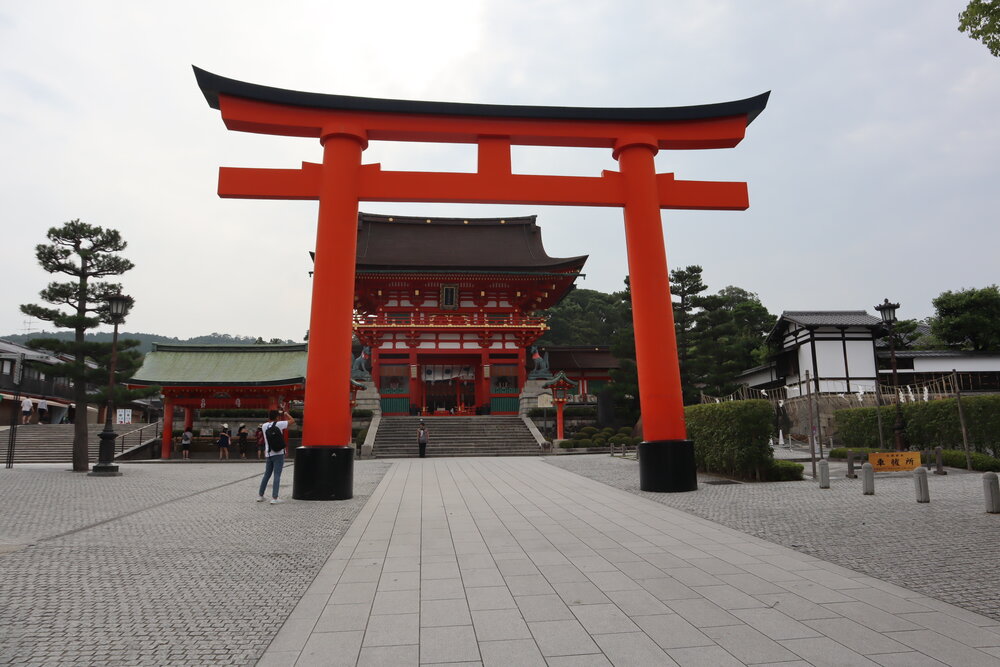
Fushimi Inari-taisha – Main torii gate
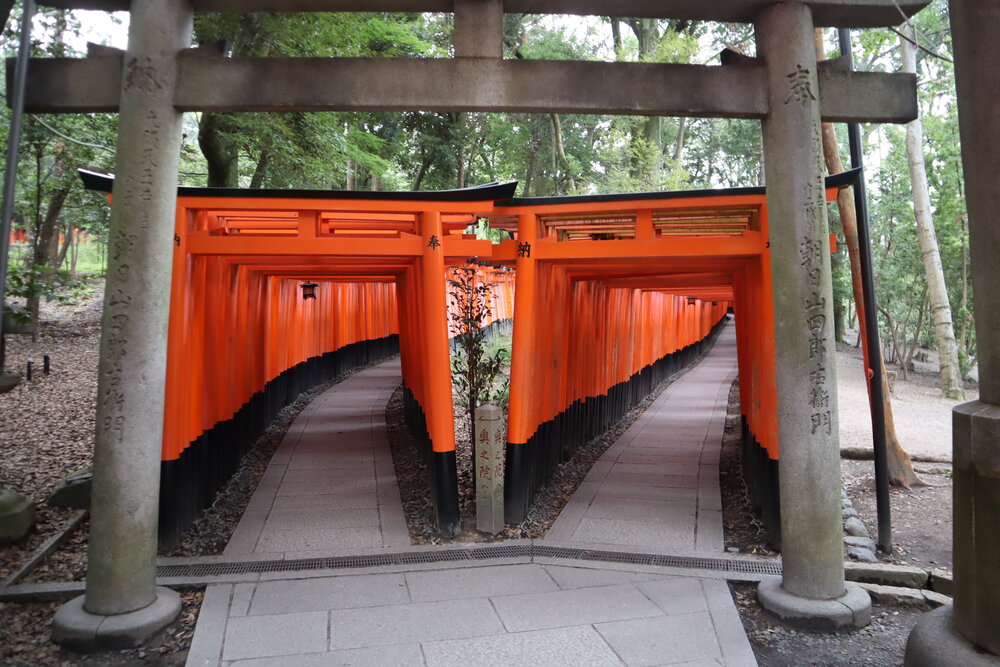
Fushimi Inari-taisha – Torii gates
This place is a world-renowned postcard representation of Japan, but it was still surreal to see it in person, especially with the absolute quietness of the crisp morning air all around us.
Jessy and I naturally spent a fair chunk of time doing our photo shoot, which was a rather blissful experience with no other tourists around – if you want to get the best pictures here at the Fushimi-Inari, you must show up early before everyone else.
https://www.instagram.com/p/BzocSWrBU6S/
After we took our pictures, we began the long climb up to the shrine at the top of the mountain, hoping to beat the morning crowds by the time we made our way back down.
(The most recognizable set of torii gates at Fushimi-Inari are the smaller gates which are positioned closer together at the base of the mountain. Once you start climbing the steps, the gates are larger and more spread out, although they’re still unbelievably striking to look at as you pass through them one-by-one.)

Fushimi Inari-taisha – Torii gates
The main Fushimi Inari-taisha shrine is actually located at the base of the mountain, worshipping Inari, the Japanese spirit of rice and agriculture, but also of business and prosperity. As such, each of the red torii gates were donated to the shrine by a Japanese company (you’ll see the company’s name carved into the left side of the shrine when looking backwards down the path, with the date that the gate was erected carved into the right side).
The climb to the top of the mountain takes about an hour to complete, although I have to say that the shrines at the summit itself – which are much smaller than the main shrine at the base – were slightly underwhelming given the long climb up.
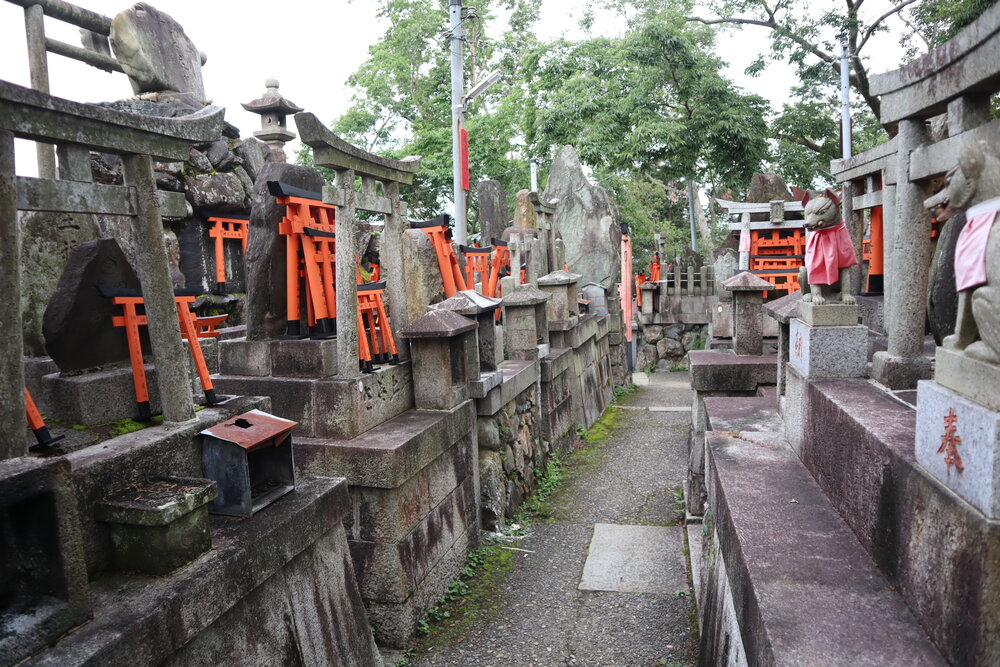
Fushimi Inari-taisha – Smaller shrines at summit of mountain

Fushimi Inari-taisha – View from summit of mountain
The morning tourists were just starting to filter in by the time Jessy and I made our way back down, and we sat down a nice box of cold soba noodles from the nearby 7/11 before catching the train back to our hotel, still in time for our 9:30am breakfast reservation.
Nishiki Market
Later that afternoon, we decided to explore Kyoto’s gastronomic side with a trip to Nishiki Market, which runs along a narrow street spanning five city blocks in the heart of town.
We sampled some Kyoto street food (including the spicy mini-octopuses with an egg inside, a local specialty) and also indulged in our fair share of matcha-flavoured snacks and treats. No matter what type of Japanese food you’re in the mood for, you’ll definitely one of the stalls here at Nishiki Market serving up some variety of it.


[foogallery id=”17289″]
Since we’re on the topic of food, I’ll also mention the fact that Kyoto is of course home to quite a handful of Michelin Star-rated Japanese kaiseki restaurants, and many travellers view their fine-dining plans as an essential part of any visit to Kyoto.
Personally, thus far during my visits to Japan, I haven’t quite seen the value in shelling out for expensive meals – such is the sheer enjoyment that I get out of Japanese food of all kinds, that I can’t help but find myself thinking, “I would be just as satisfied by the street food at Nishiki Market, the ramen joint down the road, or even the cold soba noodles from the 7/11.”
Perhaps that’ll change on future visits to the country, but this time around in Kyoto, Nishiki Market, along with the various noodle shops strewn around town, satisfied all the cravings we had.
Arashiyama Bamboo Grove
Like the Fushimi Inari-taisha, the Arashiyama Bamboo Grove is also open to the public 24/7, and so we caught a taxi there at 5am on our third morning to experience it in the morning tranquillity.
As you wander around the start of the path leading to the bamboo grove, you’ll notice the surrounding scenery slowly being enveloped by larger and larger bamboo stalks along the sides. But there’s still that sense of wonder, as though you haven’t truly found what you’re looking for yet…
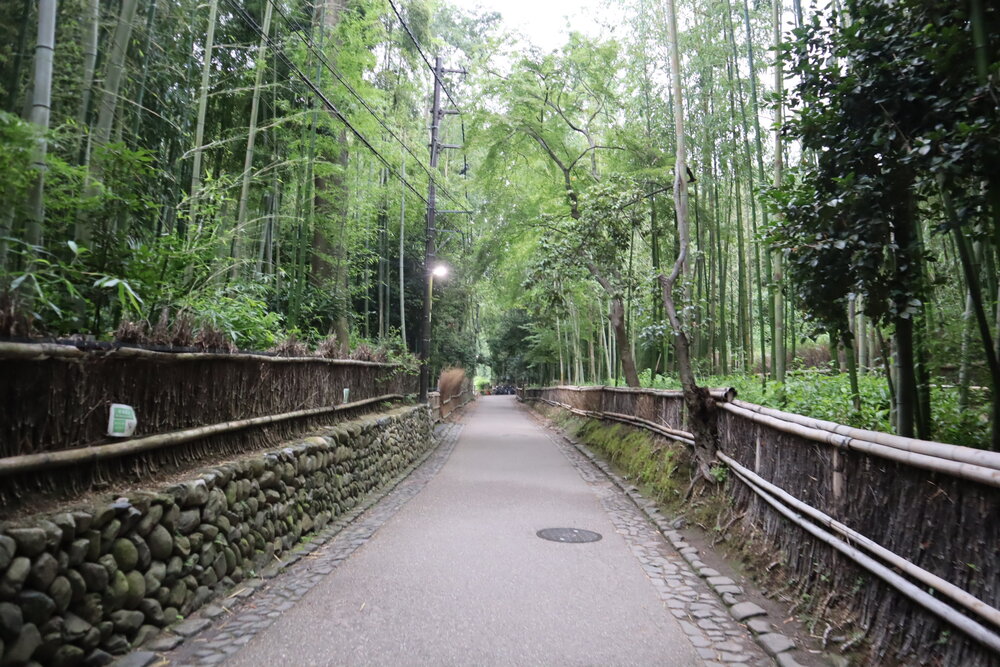
Pathway to Arashiyama Bamboo Grove
…until you turn the corner, and it’s unmistakable: the soaring emerald stalks of the Arashiyama Bamboo Grove.
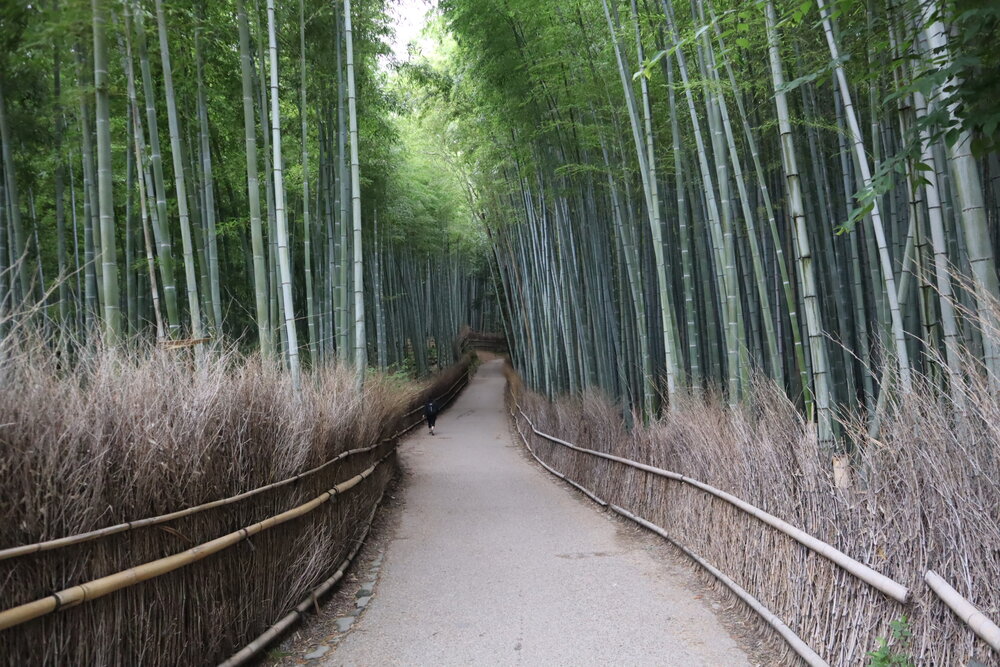
Arashiyama Bamboo Grove
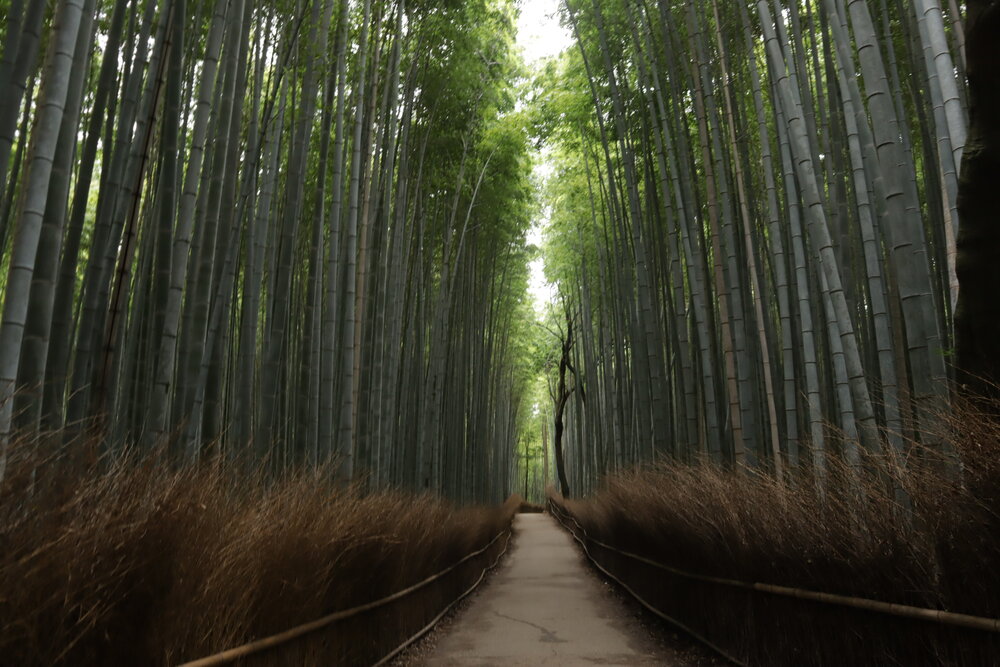
Arashiyama Bamboo Grove
In the early morning, with only the occasional local jogger passing through, it’s a picture of stillness and calm that was like no other place I had seen in the world.
Yes, get your photos taken – these are precious opportunities for that postcard Kyoto shot, before the tourists arrive to get in each other’s way – but after that, put down the camera and just wander back and forth for a few minutes.
Peer through the dense bamboo foliage, gaze upwards and look for the impossibly high tops of the bamboo stalks, or just take a moment to listen to the entrancing quietness of the forest around you.
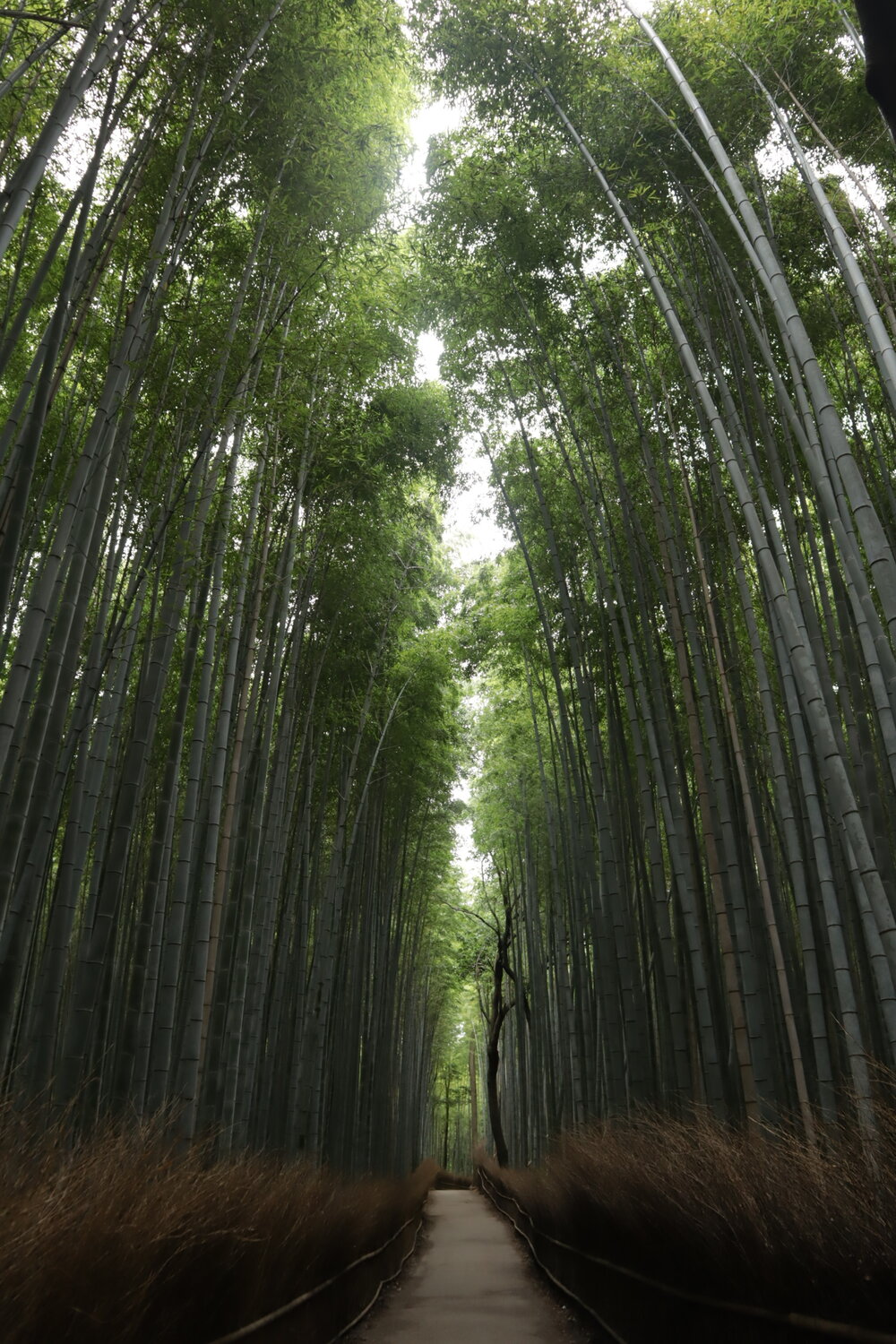
Tenryu-ji Temple, the other main attraction in the area, is nearby, although unlike the bamboo grove it wasn’t open at this early hour yet. Jessy and I wandered slowly through the rest of Arashiyama, a part of Kyoto known for its captivating natural scenery and its comparatively rural and slow-paced lifestyle.
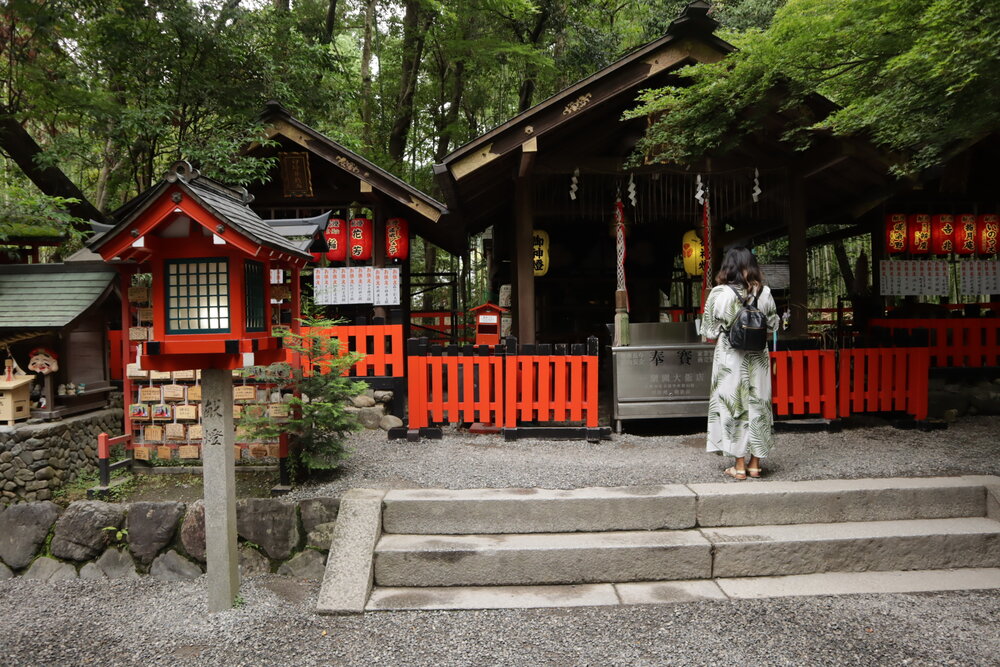
Walking around Arashiyama
If we had more time, it would’ve been lovely to spend an entire day out here – and indeed, I very much have my eye on Suiran, a Luxury Collection Hotel, here in the foothills of Arashiyama as a complement to the Ritz-Carlton for my next Kyoto visit.
But alas, we had a midday airport bus back to Osaka Itami to catch, and another 9am breakfast date back at the hotel before that, so like the previous day at Fushimi Inari, we finished up our visit and made our exit just as the day’s tourists were beginning to flood in.
Conclusion
I’m so glad I had a chance to visit Kyoto and discover a different side to life in Japan than the action-packed trips to Tokyo I’ve taken before.
While Kyoto has no shortage of world-class attractions to see, the very pulse of life in the city encourages you to explore it at a peaceful, relaxed pace: taking advantage of your early-morning wakefulness to visit the most popular sights while no one’s around, head back to your lodgings for some uplifting Japanese washoku breakfast, walk the city markets in the afternoon to satisfying all your snack-sized cravings, and then top off your day with a meal at one of Kyoto’s highly-acclaimed chef’s tables, or perhaps a simple round of fresh udon followed by a quiet night in – it’s whatever you prefer.
I got the sense that whereas Tokyo is all about immersing yourself in the sheer overwhelming variety of Japan’s modern exports to the world, Kyoto gives you a window into the Japanese people’s centuries-old ways of life, drawing upon elements from the city’s abundance of spiritual settings to cultivate a lifestyle of the utmost intrinsic quality. I’m already looking forward to the next time I get to return to Kyoto for another taste of that excellence.






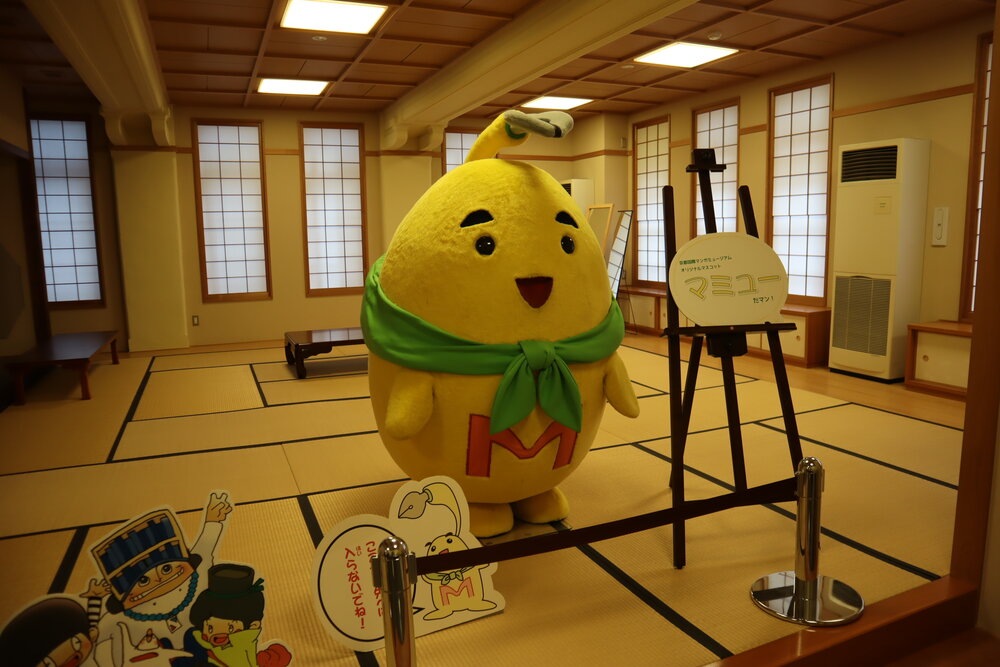
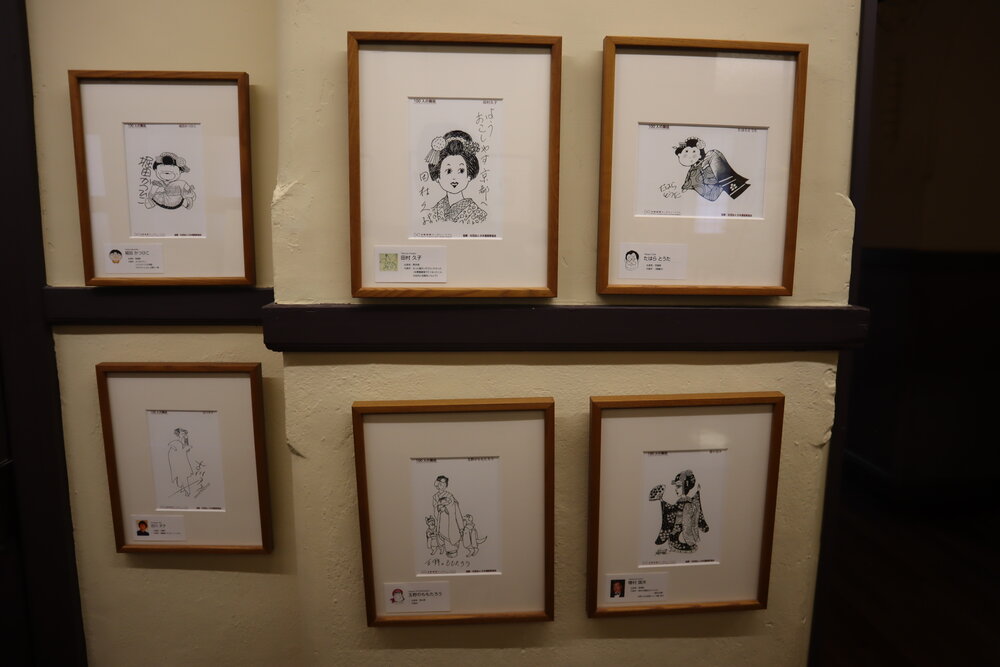
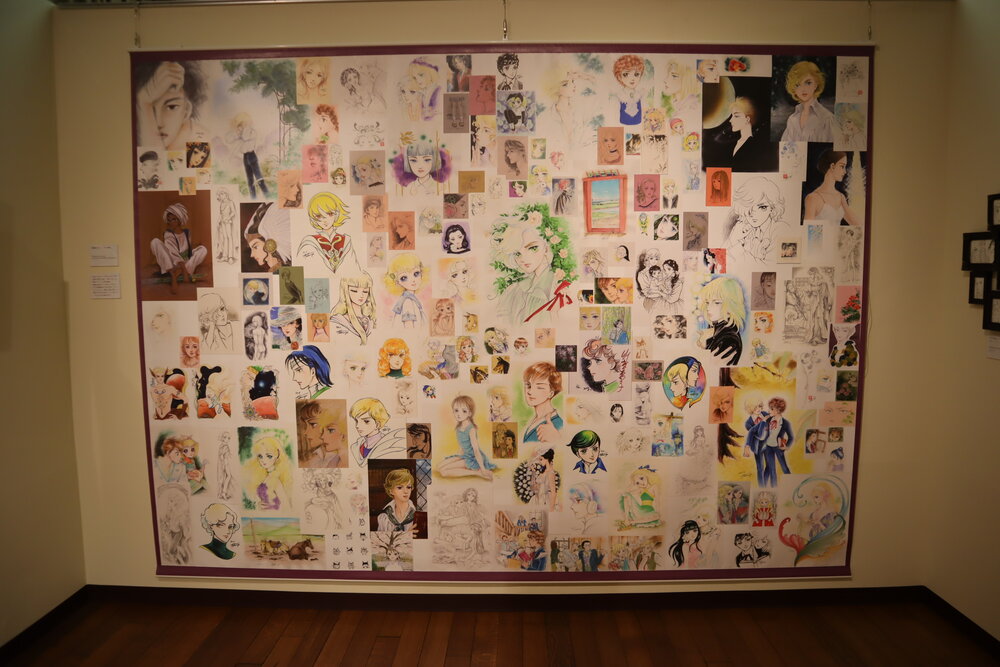
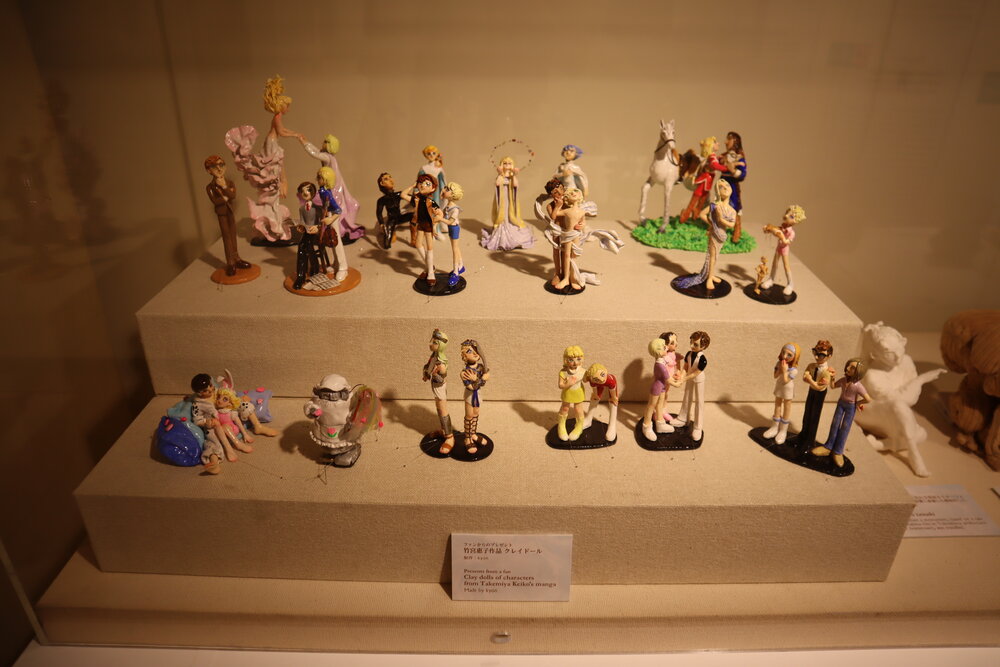
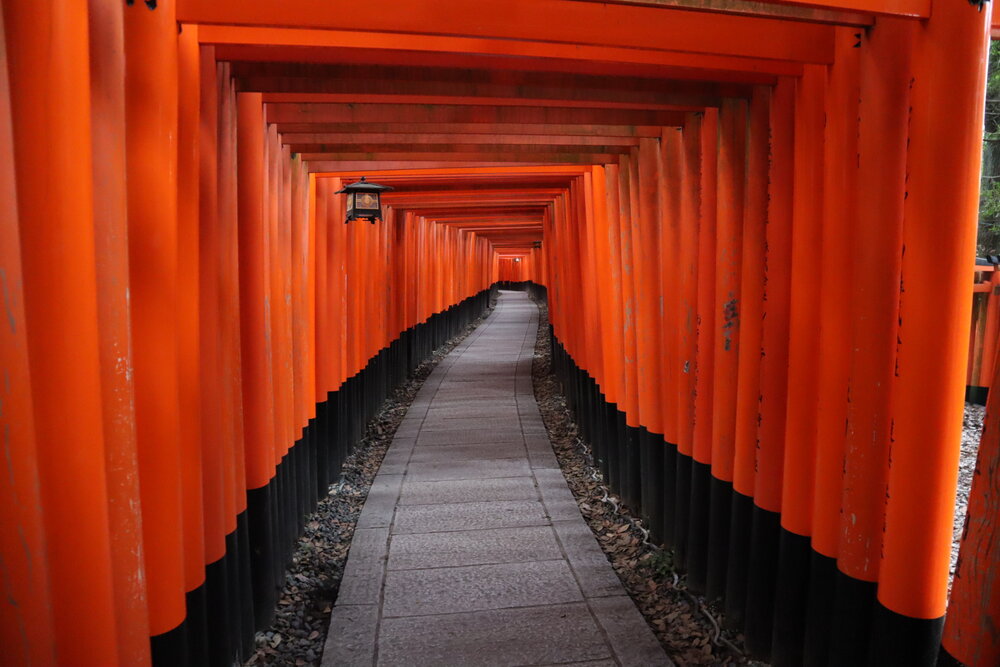
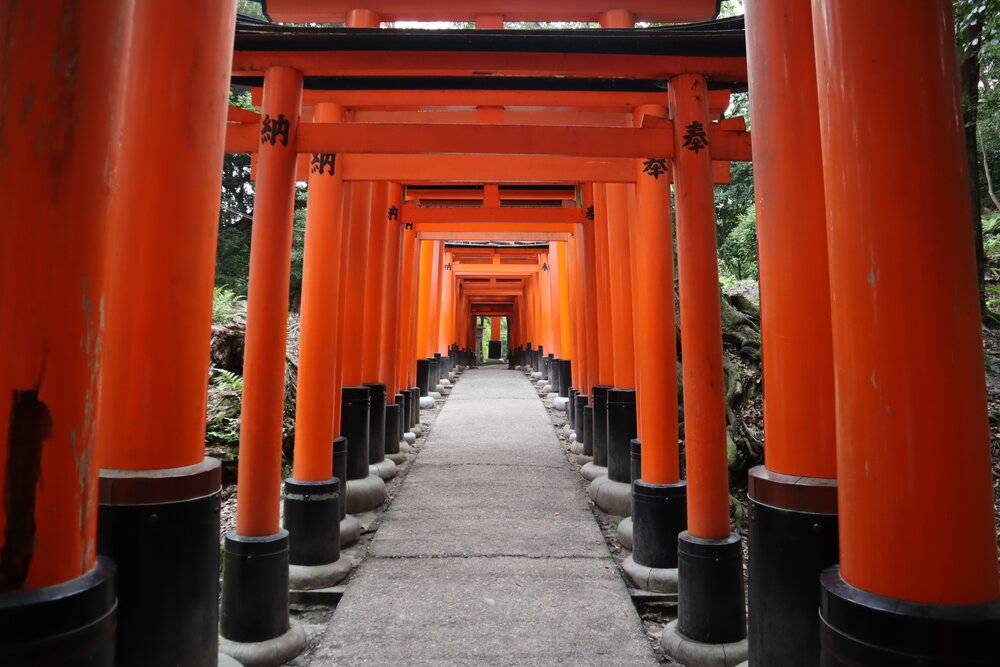
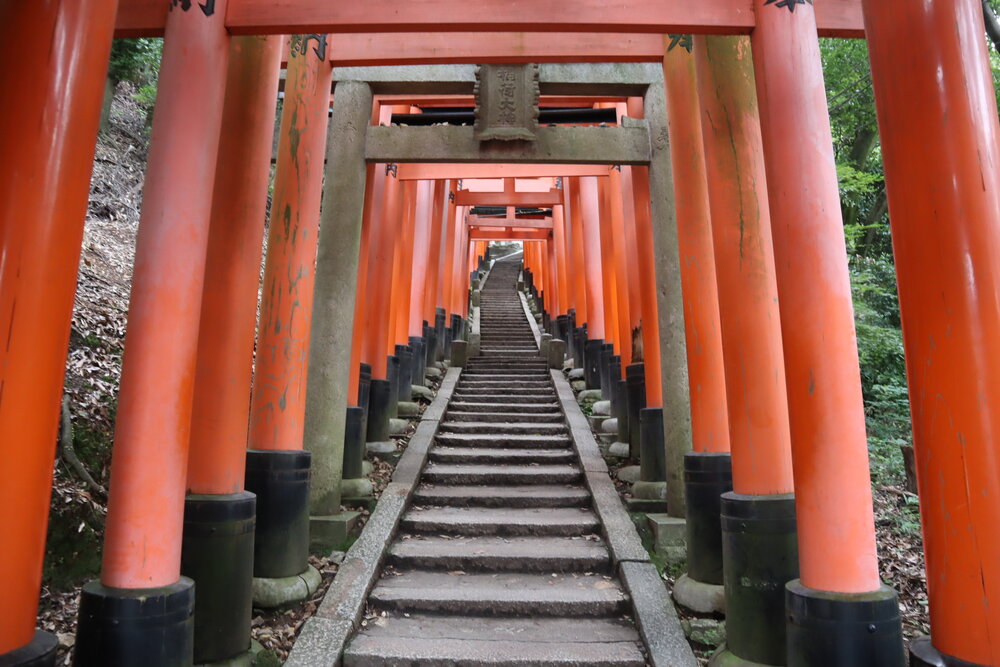
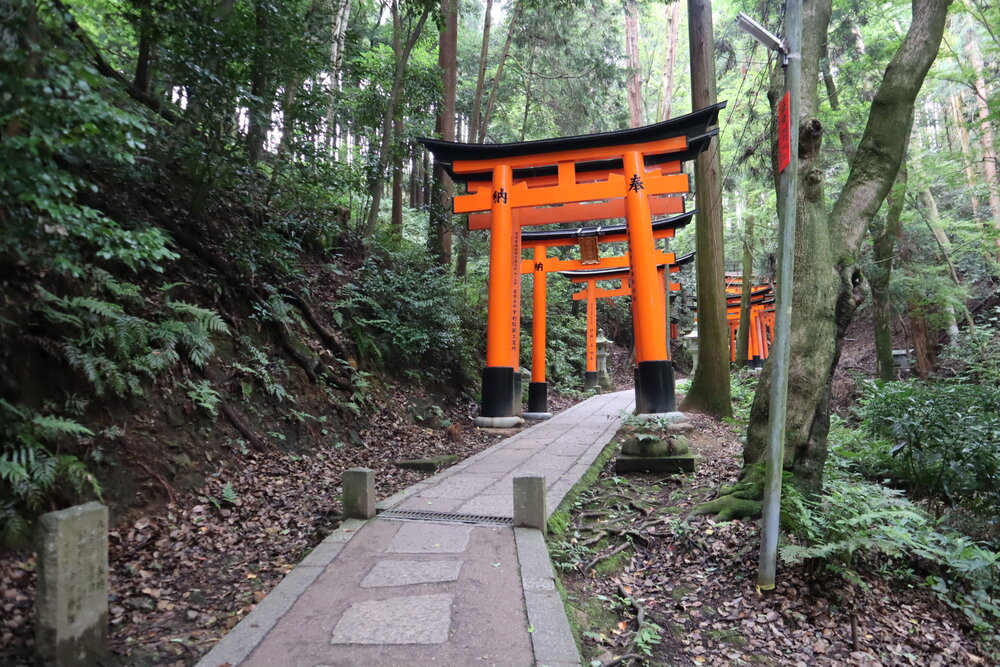














Went to Tokyo for a month, would love to visit Kyoto. Planning on it for April